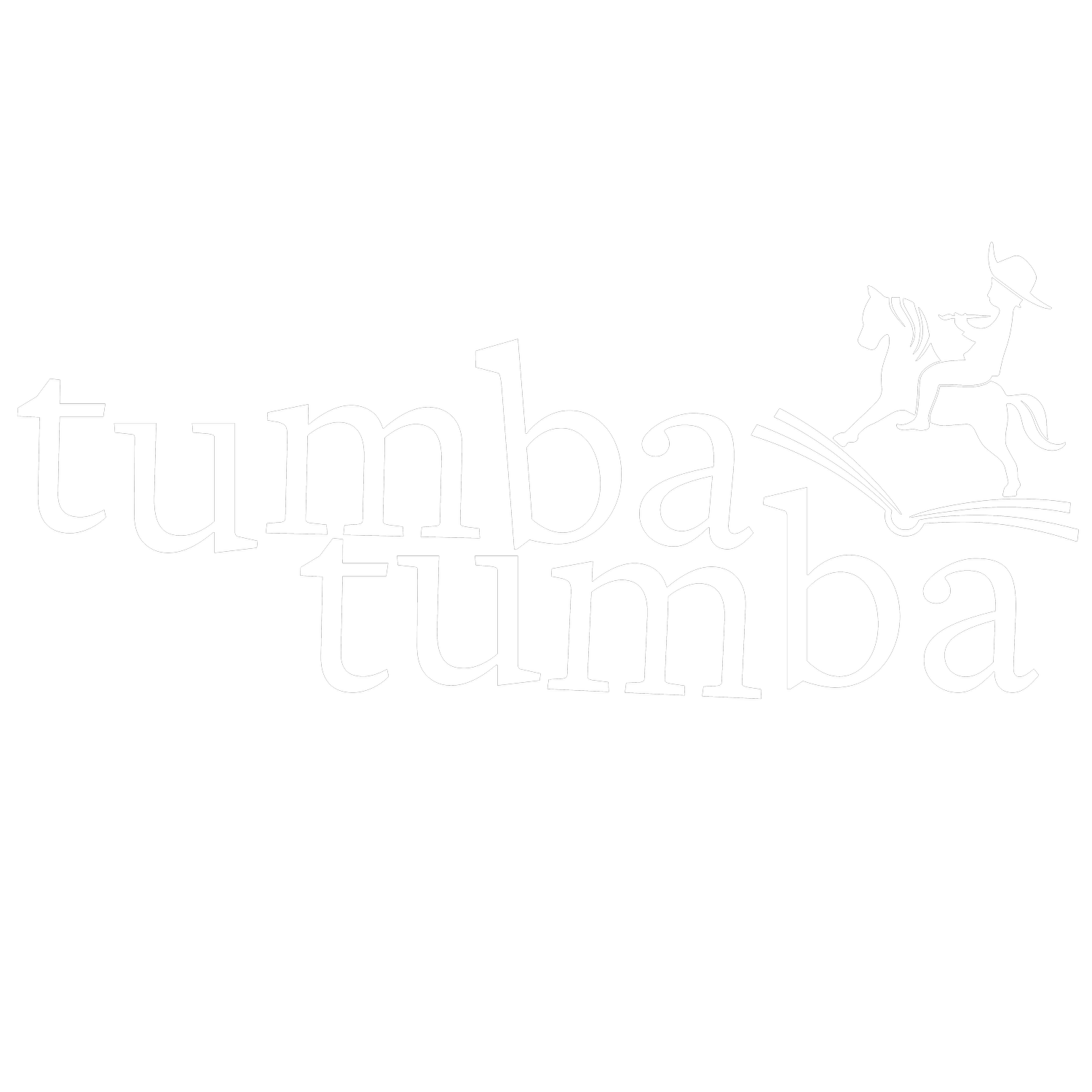Buen Abrigo / "Ang Dakilang Trahedya ng Panatisismo" / acrylic, aeorosol, gold leaf on canvas with found wood assemblage
SLAVE TRADERS
Our history books speak of the vaunted Moro slave raiders from Sulu and Mindanao who throughout the 17th and 18th centuries would mercilessly raid and pillage defenseless Christian villages, capturing slaves and booty for resale in distant lands. These battles would be retold in plays called 'moro-moro' which fostered religious intolerance as it painted a violent Islam predating on the civilized Christian Visayans through slave raids.
But further historical accounts point to the possibility that the feared slave raiders of the Philippines were not Mindanaoans but the tattooed and fearsome Visayans. Chinese accounts from as early as the 1100s talk of Visayans raiding for slaves all the way to the Fujian coast. Early Spanish accounts describe slave raids by Visayan pintados in Luzon, Visayas and Mindanao—Visayans were terrorizing the Tausug, Maguindanao and other Muslim tribes for centuries. So it shouldn't have been a surprise that the Visayan chieftain Lapu-Lapu would have a retinue of fierce warriors that could defeat Magellan and his crew in 1521.
With the end of Visayan slave raiding, another set of people would enter the vacuum: the Moro raiders. The previous Mindanaoan victim and Visayan victimizer would trade places over the centuries. But with better historical accounts kept by the Spanish, far more Moro slave raids would be recorded — creating the misguided sentiment that the religion and the practice were intertwined.
The truth is that slave raiding was a major practice in the archipelago. The entry of a colonial power merely changed the power dynamics 500 years ago. But sadly, colonialism also changed the sentiments around it as the practice became linked to an imagined clash of civilizations, affecting our sentiments until today.
